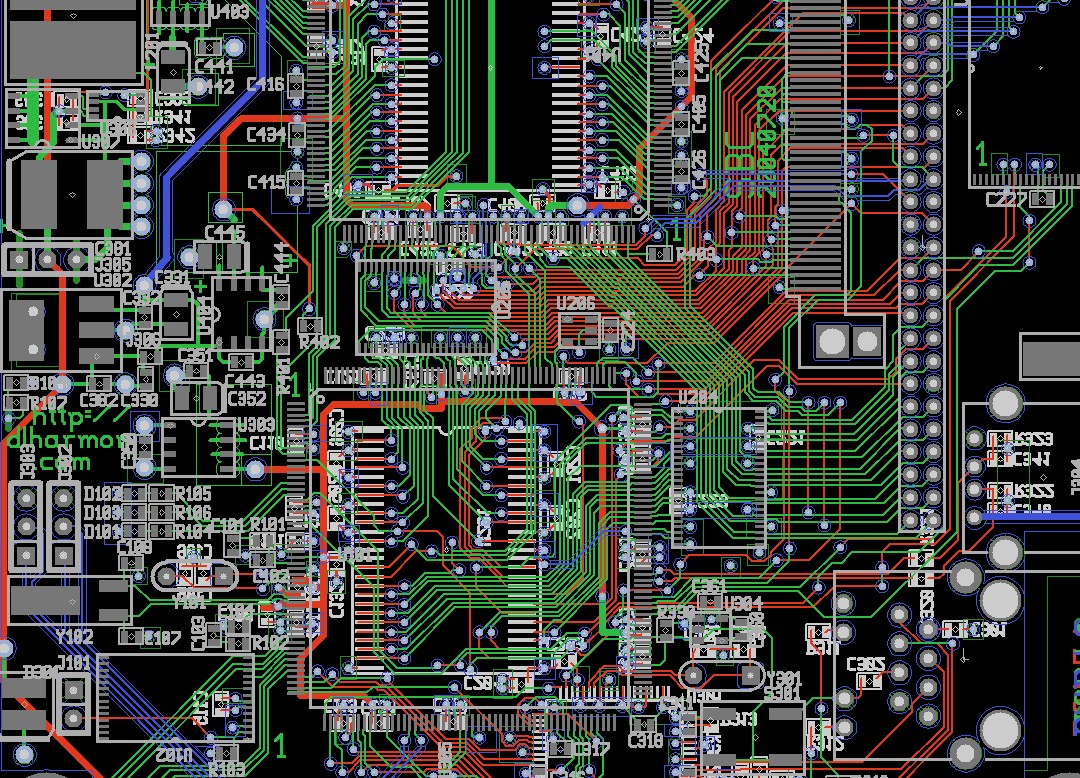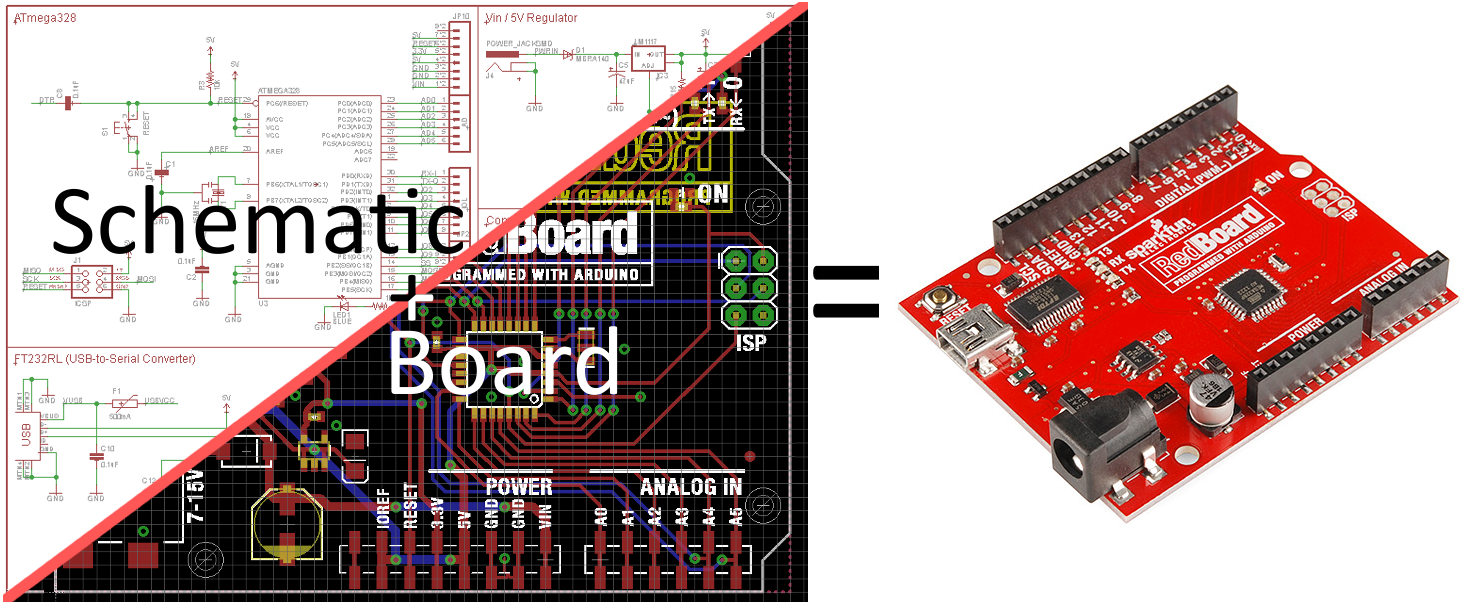
- #Cad circuit design software upgrade
- #Cad circuit design software software
- #Cad circuit design software license
- #Cad circuit design software free
It’s popular enough that if you have a question, chances are someone else had the same question and it can be looked up in an online forum. It also has some 3D features if you decide to use STEP files.Ī decent library editor that allows creation of patterns, schematic components, PCB footprints, and even 3D models. PCB layout with a project menu linking the library, schematic, PCB, and a pattern editor, drag ‘n’ drop placement, fanout for BGAs and such, and an auto-router that works fairly well. Schematic capture with components linked to a library, an electrical rule check, and some importing/exporting functionality to trade files between other CAD programs.
#Cad circuit design software upgrade
More complex designs will likely need to upgrade to the unlimited version priced at $895.
#Cad circuit design software free
It’s very intuitive with a low learning curve, but is limited in ability.ĭipTrace has a free version which is limited by 300 max pins and 2 layers, which is fine for simple projects. If you’re looking for something basic to get a 2-4 layer board made and some thru-hole or bulky surface mount components or are just starting out, DipTrace is a good start. Does not include maintenance/renewal discounts but just first year purchase.Īll grades are for basic, comparable feature sets, meaning that a PCB program will not score any higher because it has more features available, and the ones they have in common are the focus of the grade.ĭipTrace is one of the most affordable and simple programs available, ideal for hobbyists but less suitable for professionals or complex schematics.
#Cad circuit design software license
* These costs vary widely so we quoted a simple, single license that allows for small to medium size/complexity designs with no special add-ons or features. Integration with PCB footprint and PCB libraryĭefining other layers around footprint (silkscreen, keepout, solder mask, courtyard, etc.) Placing and editing electrical objects (wire, ports, etc.)ĭefining connection type and descriptions Ideal for (hobbyists, professionals, everyone)
#Cad circuit design software software
Whichever PCB design software you select, reference our PCB School for additional electronic design tips: Other Articles & The San Francisco Circuits Advantage The dates we reviewed the software are found below:Īltium Designer: September 2016, version 16 New features, fixes or changes may have been released that weren't available at the time of our review.

It was pointed out to us, quite accurately, that it's important to note the program versions and review dates to provide some context to the date this article is being read. Keep in mind that everyone will have a different preference so our opinions may not align with your needs and ultimate favorite.

You’ll find that most programs have all the features you’re looking for, so the ease-of-use factor is most strongly considered. This is important for team collaboration when the engineer’s skills are scaled to larger, wide-spread applications.įinally, we consider the various feature sets and which programs are better for which applications. Stephan’s easiness metric, the software should be a standard and widely used platform in the industry. When you have to click 5 times, move the mouse 5cm to the right and 4cm to the left to do a simple thing, and you have to do this simple thing one hundred times on your PCB.

Why? Well because a good portion of the time you spend routing your PCB (time is money) is the time taken to perform simple actions. “A PCB routing software should be easy to use.To define that subjective criteria, I'd like to propose here a simple 'easiness measurement metric' defined as number of clicks + number of keystrokes + mouse moving distance to perform a given function. Cadence article to encompass our primary grading criteria: We really like this excerpt from Mathieu Stephan’s (AKA limpkin) excellent Altium vs. We also have biases for software that we’re extremely comfortable with compared to programs that we have had very little work with. It’s important to establish the criteria we’re using - which is, inevitably, subjective. This guide is structured to help you decide which is optimal or explore alternatives.

Ultimately, your needs and preferences should drive what CAD program you use. They range from free or inexpensive to high-end/premium.Īll of the tools are different and unique in their own way. There are several programs available that range from simple and intuitive to highly sophisticated.


 0 kommentar(er)
0 kommentar(er)
